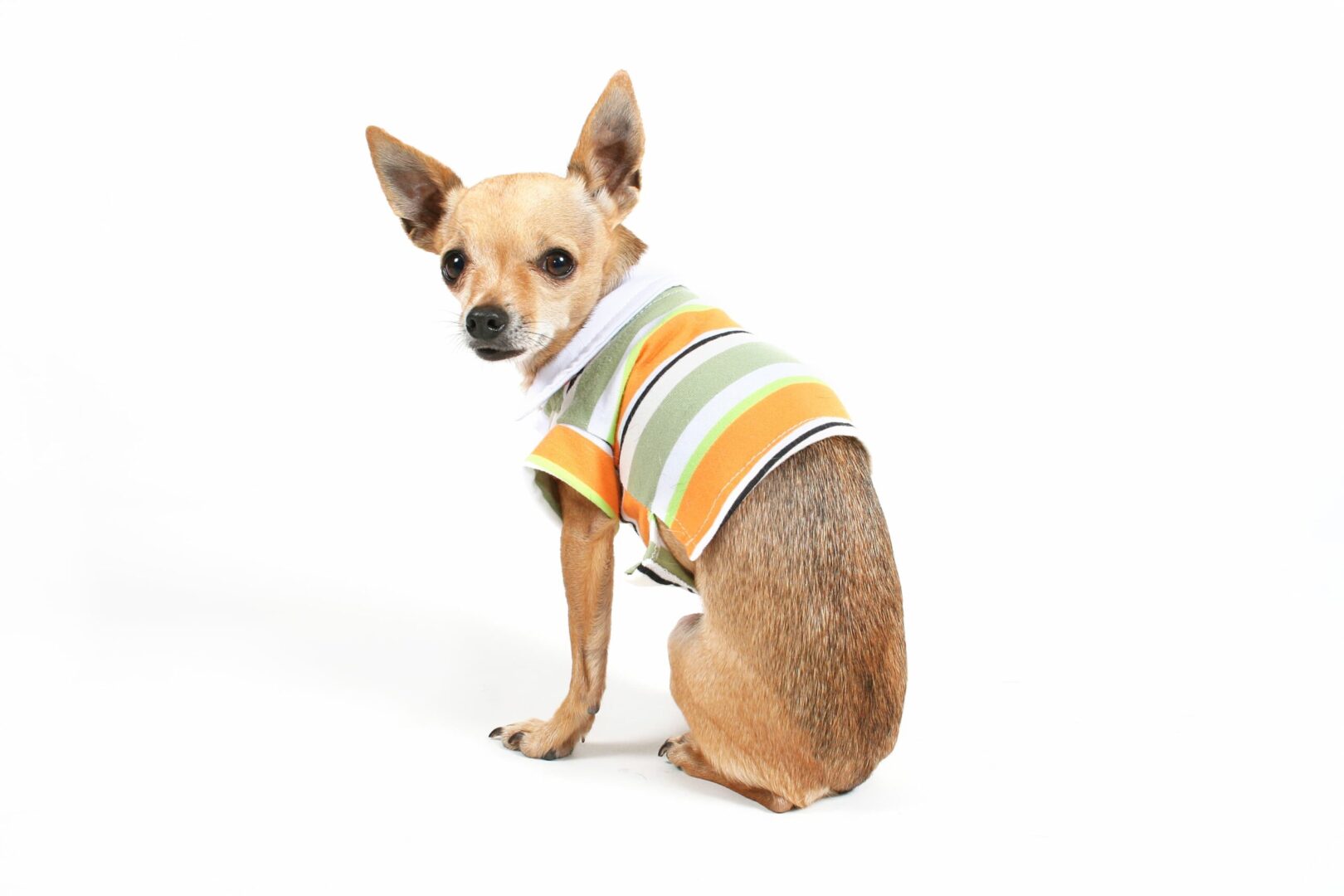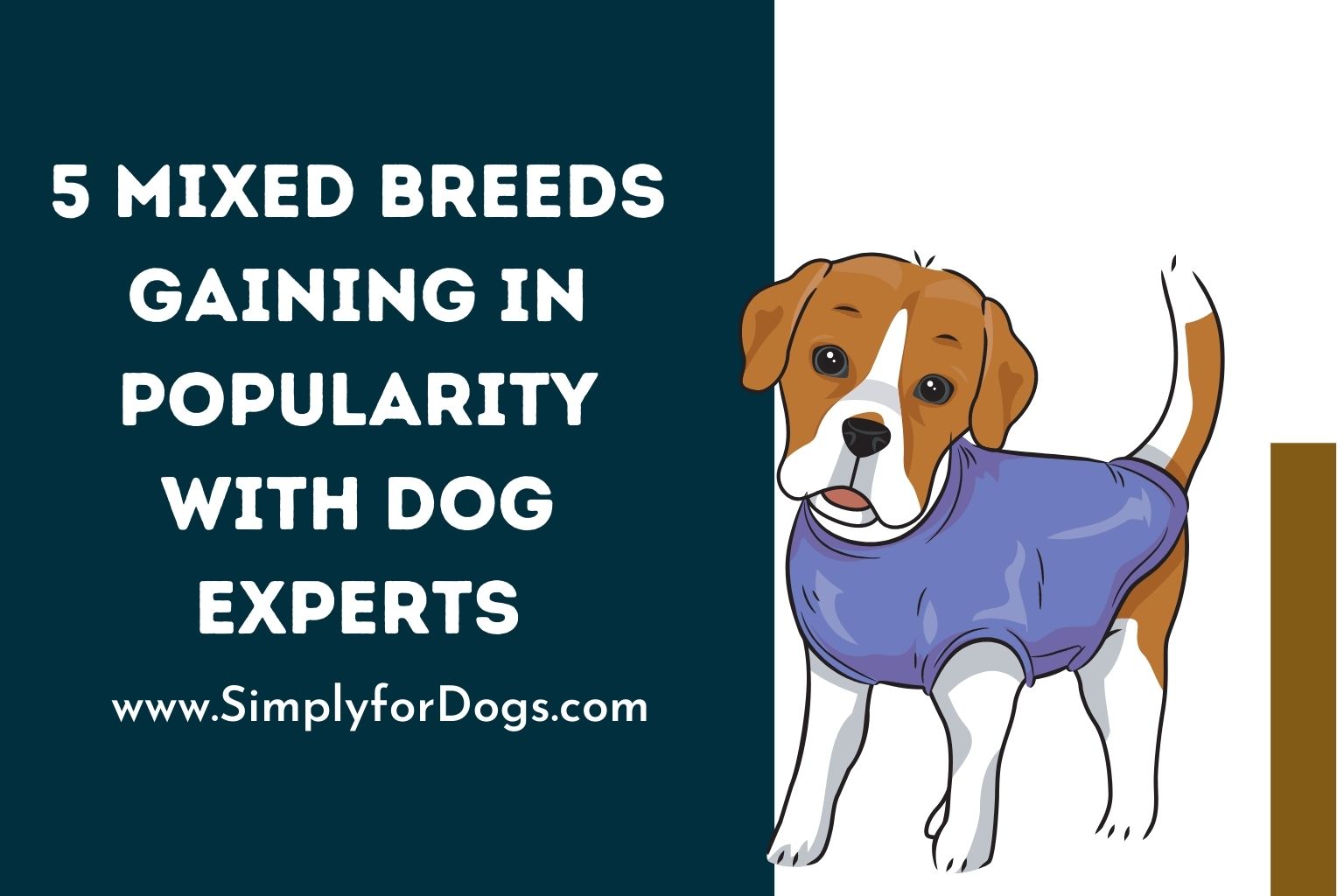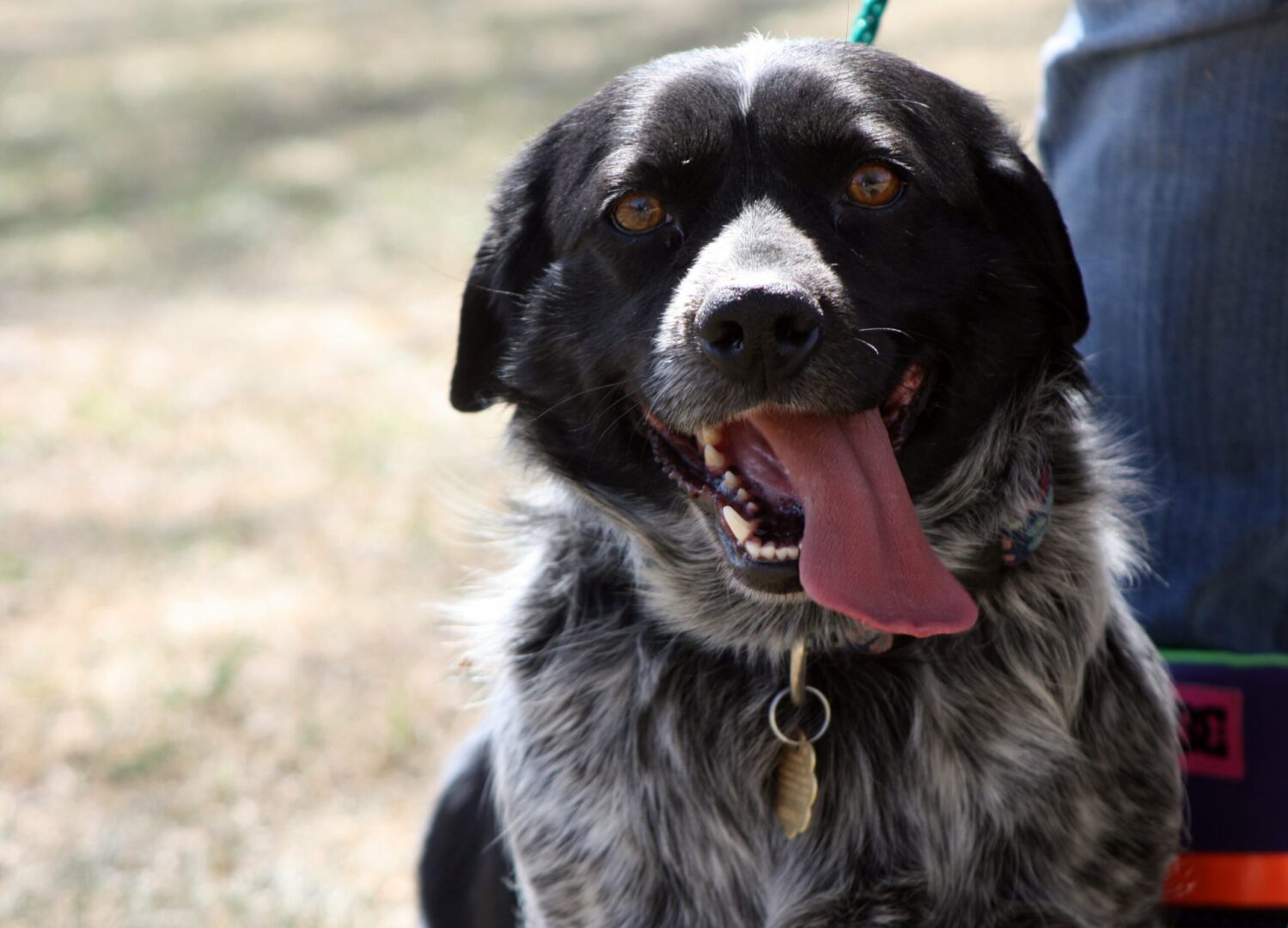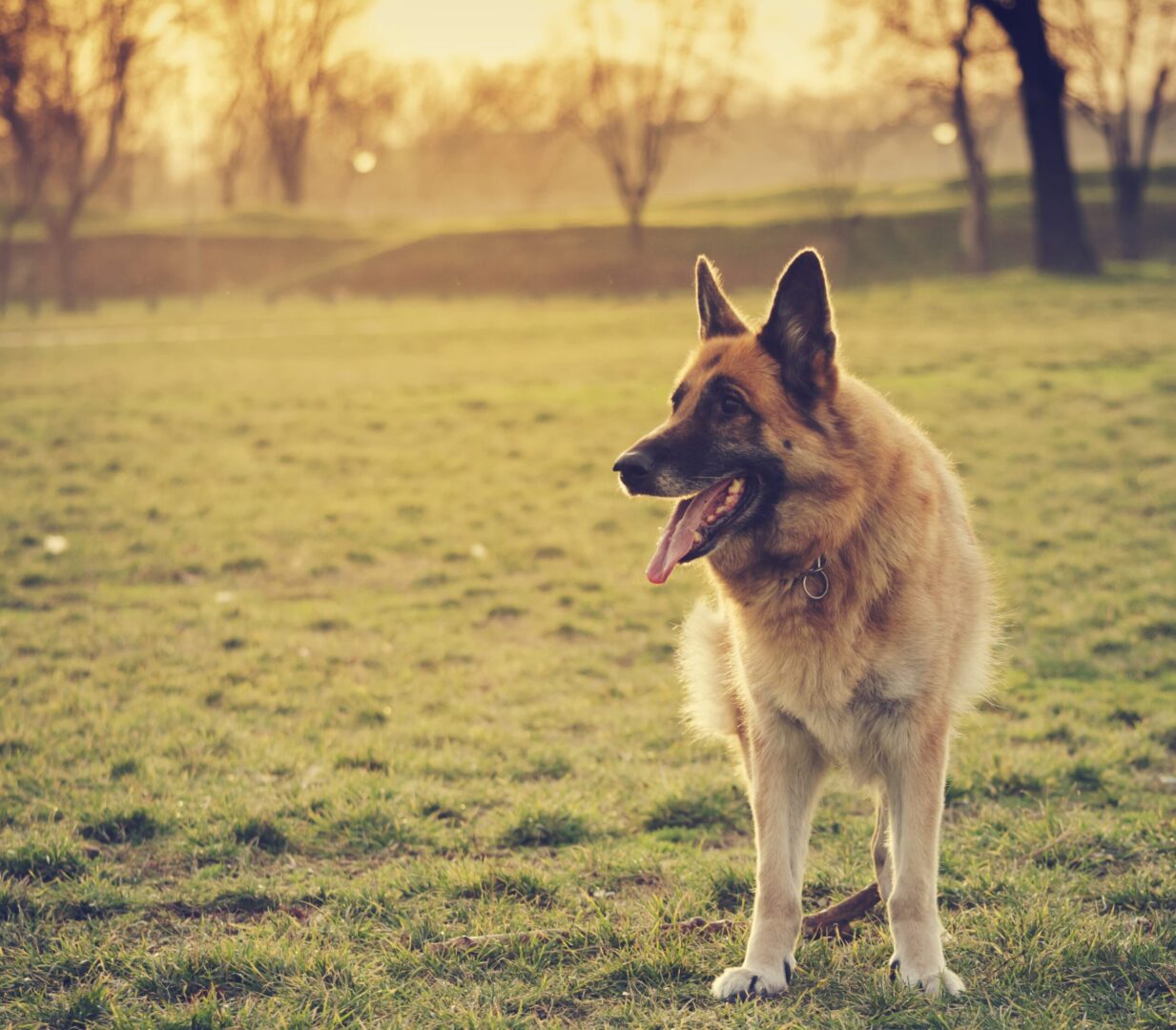All of my readers know that I am a big advocate for adopting mixed breeds. Whether from a pound or rescue or from a breeder working on the different designer breeds, I feel that these puppos all have a lot to offer. However, I like to have experts back me up whenever possible and was tickled to run across a few articles recently that pointed out the increasing levels of interest in the different mixed breed dogs.
You may remember that I wrote about the purebred v. the mutt a few years ago and have done articles on some of the most popular mixed breeds. In any of these pieces, I usually note that there are so many factors that go into choosing the “right” dog, and yet the biggest is you and your lifestyle. After all, if you are super outdoorsy and active, a miniature breed or a small mixed breed is unlikely to be the right dog for you. If you have lots of allergies, most purebred dogs will be out of the question, but some non-allergenic or hypoallergenic mixed breeds may be the right type of dog for you.
So, even though you might think a French Bulldog is the perfect dog, if you haven’t considered the realities of that breed (including its needs, temperament, health issues, and so on), you could be heading for an adoption disaster.
As one expert so recently (and brilliantly) said, “any major life decision should occur with a lot of planning—and that includes bringing a dog into your home. You should be asking yourself some necessary questions about whether you have the space and time as well as the larger nickel-and-dime worries about a dog’s impact on your budget.”
Yet, they go on to talk about all of the fun and excitement to be found in narrowing down the breeds that are a good fit to your home, family and lifestyle. They go on to explain that, “A mixed-breed dog may just be the perfect fit.
What is the reason for that statement? Well, as I’ve mentioned and as many experts will say, mixed breeds:
- Can be easier to train since they are not often as strong-willed or stubborn as purebred dogs
- They may be far less prone to genetic and health issues
- They typically live longer (often by 1.5 years or more)
- They can be a blend of two breeds (or more) with the precise traits you want, and often with the unwanted traits reduced or eliminated
Now, that is not to say that there is anything wrong with a purebred or that all purebred dogs have more unwanted traits. What it means is that if you hesitate to adopt one breed because it can be prone to a certain behavior or medical condition, you may want to consider exploring the mixed breeds that use that particular breed but blend it with another to offset those specific risks.
And, as I always say, you can usually tell a lot about any puppy by meeting its parents. What sort of temperament and personality will that puppo be likely to have? Spend some time with Mom and Dad and you’ll get a good idea. The same goes for health issues and genetic conditions – if parents don’t have them, it is unlikely (but not impossible) that a pup will have them.
Of course, with training and socialization, even a pup destined to be a certain way can be turned into a wonderful dog. The most willful parents do not necessarily yield an intractable pup, and if you start exercise and training as soon as a puppy comes home with you, it is possible to end up with a well-rounded, flexible, confident and agreeable dog.
Choosing a Mixed Breed
With mixed breeds, though, you can be in for a bit of a mystery. If you adopt a shelter dog, you can often get genetic testing done to figure out the most dominant genes. if you are working with a breeder, you will be at an advantage and know more about what you can expect.
Either way, take expert advice and “Research the breeds mixed in the dog you’re interested in,” or that your rescue dog seems to feature. Dogs will not have every trait of each breed, but you will always want to avoid breeds that have traits that can be hard to erase. AS an example, if you want a couch potato, don’t go for a mixed breed that includes one breed with higher energy or excitability as that is unlikely to fade out.
Related Content:
Choosing the Best Lab Mix for Your Family
Purebred Or Mutt? Making The Right Decision (Video)
Top 9 Clingiest Dog Breeds
5 Popular Options
And with all of that in mind, let’s take some time to look at five mixed breeds that are currently enjoying a surge of popularity, and explore a bit as to just why they are preferred to individual or pure breeds.
1. Aussiedor
As the name implies, this is a blend of an Australian shepherd with a Labrador Retriever. The colors range widely, but what most owners get is a medium-sized dog of remarkable intelligence and beauty. This will be a very high breed dog, though, and if you are not a household that can keep this dog busy for many hours of the day, you can find yourself in trouble. Weighing in from 40 to 80 pounds and standing around 25” at the shoulder, they are easily trained and absolutely amazing with kids. They can have health issues like hip and elbow dysplasia and collie eye anomaly but are generally seen as remarkably healthy dogs that require moderate amounts of grooming. They are prone to “herding” kids and even other house pets but are gentle and get along with everyone.
2. Boxador
Yes, you can guess that I like this one because Janice and Leroy are one of the two breeds blended here. Combining a Boxer and a Labrador Retriever, this mixed breed is noted for its playfulness and friendliness as well as its intelligence and ease in training. Eager to please, it is an easily managed dog of around 25 inches at the shoulder. They will need a lot of exercise since both breeds can be prone to high energy. They live for roughly 12 to 15 years and have limited health issues, including allergies, eye issues, bloat and dysplasia.
They are incredibly loyal and protective, though they get a long with everyone as long as they are trained early. They can serve as guard dogs, too, but are best as family pets. However, they can suffer separation anxiety if left alone, so this is not for the singletons at work all day or the household that does lots of traveling. If you have a dog or some cats, this dog is going to make friends with them quickly.
3. Corgidor
Another Lab mix, it blends the funny little Corgi with the Labrador Retriever. Surprisingly, this is a variable breed that can stand from just one foot to 18 inches at the shoulder and weigh up to 50 pounds. Colors vary widely, and yet these dogs seem to be extremely even-tempered and calm. They are remarkably clever and ideal watchdogs as well as family dogs and companions. They don’t have many major health issues, but can struggle with hip dysplasia, distichiasis, and disc disease. Also, they are considered a generally higher maintenance breed. They do have Corgi coats with lots of shedding, which means weekly brushing. However, they will also need frequent nail trimmings, attention to their teeth and gums, and regular ear cleaning.
They can be very easy to train but may need early socialization to ensure the pup does not become territorial or aloof. They are higher energy dogs, and that means lots of daily exercise. As this breed is wonderful with kids (if raised with them), it is a good family dog or a perfect choice for anyone who is active and outdoors often.
4. Golden Shepherd
I think (and this is just a personal opinion), that this might be one of those iconic, near perfect blendings. Combining the German Shepherd and the Golden Retriever, this breed is a remarkably friendly, intelligent and loyal dog. Ideal for active families and households with other pets, this breed combines the courage and dedication of the German Shepherd with the sweetness and sunnier disposition of the Golden Retriever. Able to get along with other pets, it is a breed that adores human attention and interaction. Keep in mind, this is a breed that can be prone to boredom and separation anxiety if left alone for too many hours. Training from early in life is easily done, and you will find that there is little need for constant repetition and/or reinforcement of tasks learned. Safe with kids and small pets, this dog can also be a defender. Standing at 24” at the shoulder and weighing up to 75 pounds, they are lovely and rarely imposing.
They can develop the health issues common to both breeds, including hip dysplasia, Von Willebrand’s disease, bloat and other digestive concerns. Yet, they can also live up to 14 years or more and require at least two hours of exercise each day. Their double coats need to be brushed daily and even more during shedding. You will want to bathe to help remove excess hair, but clean and dry the ears to prevent issues. These dogs take to water, so pay attention to their ears and between their toes.
5. Ratcha
For you small dog enthusiasts, I present the Ratcha. This is a mixed breed that combines the Rat Terrier with the Chihuahua to result in a ten to twelve inch (at the shoulder) dog, which weighs in at ten to fifteen pounds. Super energetic and incredibly sweet natured, it is a family friendly dog that might have a tendency to be a bit overprotective of its human family. Frisky and silly, these little guys need to be socialized early to tone down any natural aggressiveness or nervousness (they can suffer typical little dog syndrome symptoms that see them shy away from people and bigger pets).
One thing to know about this mixed breed, though, is that some may have a preference for a single person. This can be a good thing if you are single and want a lap dog or you are looking for a great companion for a senior, but it is not a guarantee that this breed is going to have that one-person preference. They can just as easily be extremely happy and excited to see and interact with everyone they meet.
They can suffer from hip dysplasia and hydrocephalus as well as patent ductus arteriosus (PDA), but don’t often have many health issues. As is the case with most smaller breeds, these guys need a bit more attention to their dental care, so start training them as soon as you bring them home, including training in tooth brushing and nail clipping.

With their shorter coats (in a variety of hues that can include black, white, brown, red, fawn, sable, gray and a mixture of colors), they are low maintenance in terms of grooming and upkeep. They do shed, but a once weekly brushing is ideal for keeping shedding at bay.
As little as they are, they require a somewhat moderate amount of daily exercise, but most Ratchas prefer bursts of activity, so you can usually give them all they need with indoor games.
Other popular mixed breeds gaining popularity include the Cavachon (Cavalier Poodle and Bichon mix), the Shollie (German Shepherd and Collie), the Shichi (Shih Tzu and Chihuahua), Shepsky (German Shepherd and Husky, but also often a Labrador, too), and the Labsy (Husky and Labrador). Any of these dogs could be an ideal fit for your home. With popular traits in both breeds, they are all becoming more and more popular over time. If you are seeking a perfect dog for your home, take time to itemize the traits you desire and it is likely that a few of these mixed breeds will fit the bill!
Related Content:
Choosing the Best Lab Mix for Your Family
Purebred Or Mutt? Making The Right Decision (Video)
Top 9 Clingiest Dog Breeds
Source
https://www.mydomaine.com/mixed-dog-breeds





